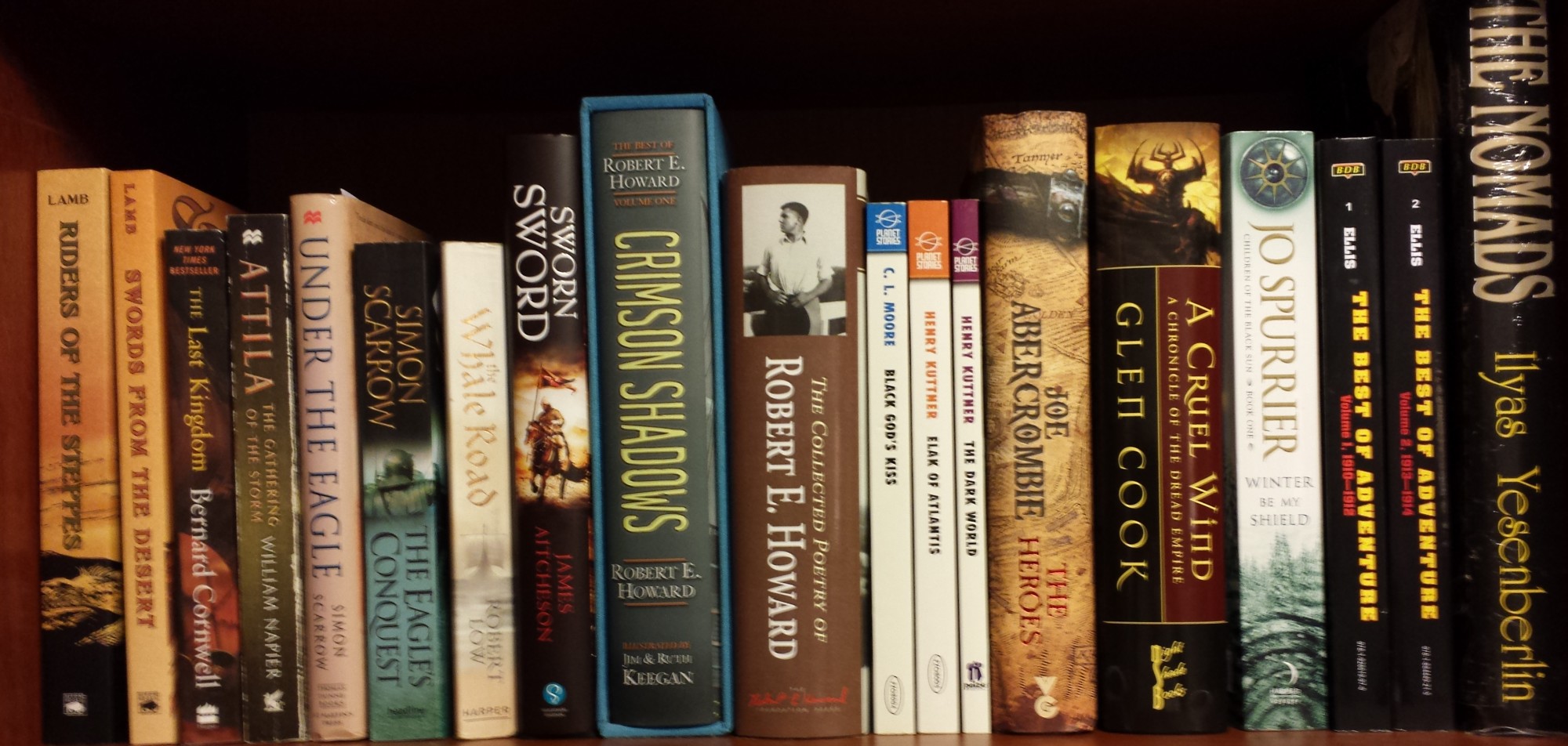Stones
Gerald So
various ebook formats, $0.99
Long ago, when the world was young, the Moon was new, dinosaurs ruled the land, and I was in high school, two of the three television networks decided to do what networks have always done. (Yes, children, at one time there were only three television networks instead of half a million; if you didn’t like what was on, you read a book. There was no internet. I told you, the world was young.) They decided to cash in on the popularity a little movie entitled Raiders of the Lost Ark by airing shows in a similar vein, namely adventures set in the Pacific in the 1930s.
I don’t remember which networks they were, and I’m too lazy to look it up. One show was entitled Bring ‘Em Back Alive, the fictitious adventures of real life big game hunter Frank Buck, author of a book of the same title, and starring Bruce Boxleitner. The other was Tales of the Gold Monkey. It starred Stephen Collins and several of the characters were spies.
It’s Tales of the Gold Monkey that Stones most closely resembles.
This is not accidental. So dedicated the book to Donald P. Bellisario, creator of the show.
How do the stories stack up? They were a delight to read. The central character, C. J. Stone, is a pilot in the Caribbean in the 1930s, and So does an excellent job of capturing the tone of the era. The stories are short, almost vignettes in some cases. But they work. They were a lot of fun, and I’ll be tracking down the other stories about Stone that are mentioned in the author bio.
I also want to say a word about the formatting of the book. This is another of several ebooks I’ve looked at lately (see here, here, and here), only this one has no print version. I have to say I’m impressed. There’s an interactive table of contents. While not flashy, the cover art gives you an excellent idea of what you’re getting with the book. The black and white illustration does more to match the tone of the time in which the book is set than a color cover would.
This is one worth picking up. Hopefully, Mr. So will continue to write about this character. I’d love to read more of his adventures.







